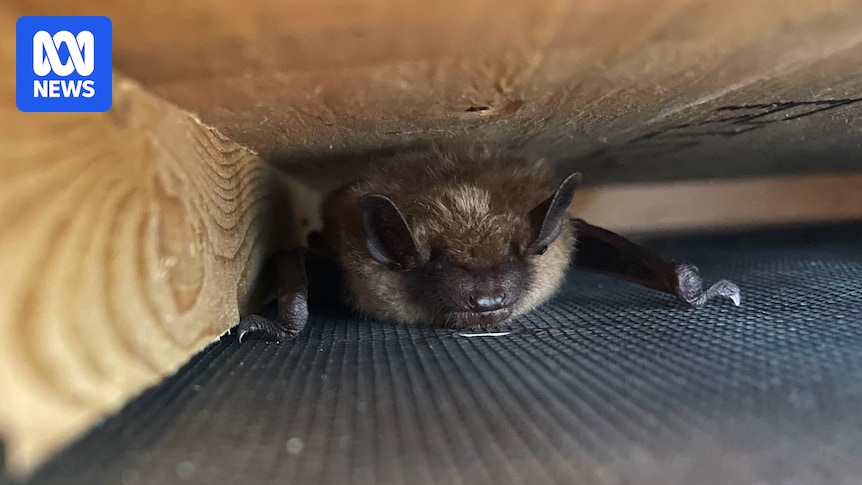
Artificial roosts for bats, commonly known as “bat boxes,” have become a popular conservation tool to support native bat species whose natural habitats have been depleted. These boxes are frequently deployed in urban areas where large, hollow trees have been removed. However, a new study warns that if not carefully designed and installed, bat boxes could turn into deadly traps during heatwaves.
A study published in the Journal of Experimental Biology reveals that bat boxes can reach lethal temperatures during extreme heat conditions. Although the research was conducted in Canada, lead author Ruvinda de Mel, a PhD candidate at the University of Newcastle, noted that similar incidents have occurred in Australia, where bats have succumbed to heat in these artificial roosts. “We wanted to see if this conservation tool that’s so ubiquitously used has any issues attached to it, and if there are, how we can mitigate them,” de Mel explained.
Examining Bat Box Safety
The research team focused on big brown bats (Eptesicus fuscus) in Lillooet, western Canada. “Bat boxes were practically everywhere,” said de Mel, highlighting the community’s commitment to wildlife conservation. The team captured and studied 22 bats, monitoring their breathing at various temperatures to understand how they cope with heat.
During the study, the researchers recorded temperatures inside existing bat boxes. Although the boxes remained safe during the study period, data from previous heatwaves suggested that temperatures could exceed 50 degrees Celsius, posing a fatal risk to bats. Even temperatures around 40 degrees Celsius for extended periods could be dangerous.
Christopher Turbill, an ecologist at the University of Western Sydney, praised the study for its integration of physiological data with environmental measures. “We can make pretty firm predictions and we can understand the physiology underlying those predictions,” Turbill stated.
Risks for Australian Bats
De Mel pointed out that different bat species have varying physiological limits. Australia has seen numerous instances of bat mortality due to heat, including a notable 2017 incident where bats perished in a bat box. Shannon Currie, an ecologist at the University of Melbourne, explained that Australian bats often rely on very old trees for roosting, as these provide optimal conditions for temperature regulation.
However, climate change poses a significant threat, potentially making even natural roosts dangerously hot. “Bats do tend to be quite faithful to certain roosts, so there is the risk that they keep returning to a roost that they’ve used in the past and extreme heat events become more severe,” Turbill warned.
Creating Safe Bat Roosts
Despite the study’s findings, de Mel emphasized that bat boxes remain a valuable conservation tool if designed properly. To enhance safety, he suggested painting boxes white to reflect sunlight and placing them in shaded areas. Additionally, transitioning from a “bat box” to a “bat condo” could offer multiple temperature zones, providing bats with a choice of warmer or cooler areas as needed.
Dr. Currie agreed with these recommendations, adding that artificial roosts should be made from varied materials and oriented differently to offer diverse roosting opportunities. Preserving old trees and creating insect-friendly gardens can also support bats and other native species. “Diversity in everything, in animals, in roosts, in plants. That’s really the best way to go about things,” Currie concluded.
The findings underscore the importance of thoughtful design and placement of bat boxes to ensure they continue to serve as a lifeline for bats, rather than a hazard, in a warming world.






